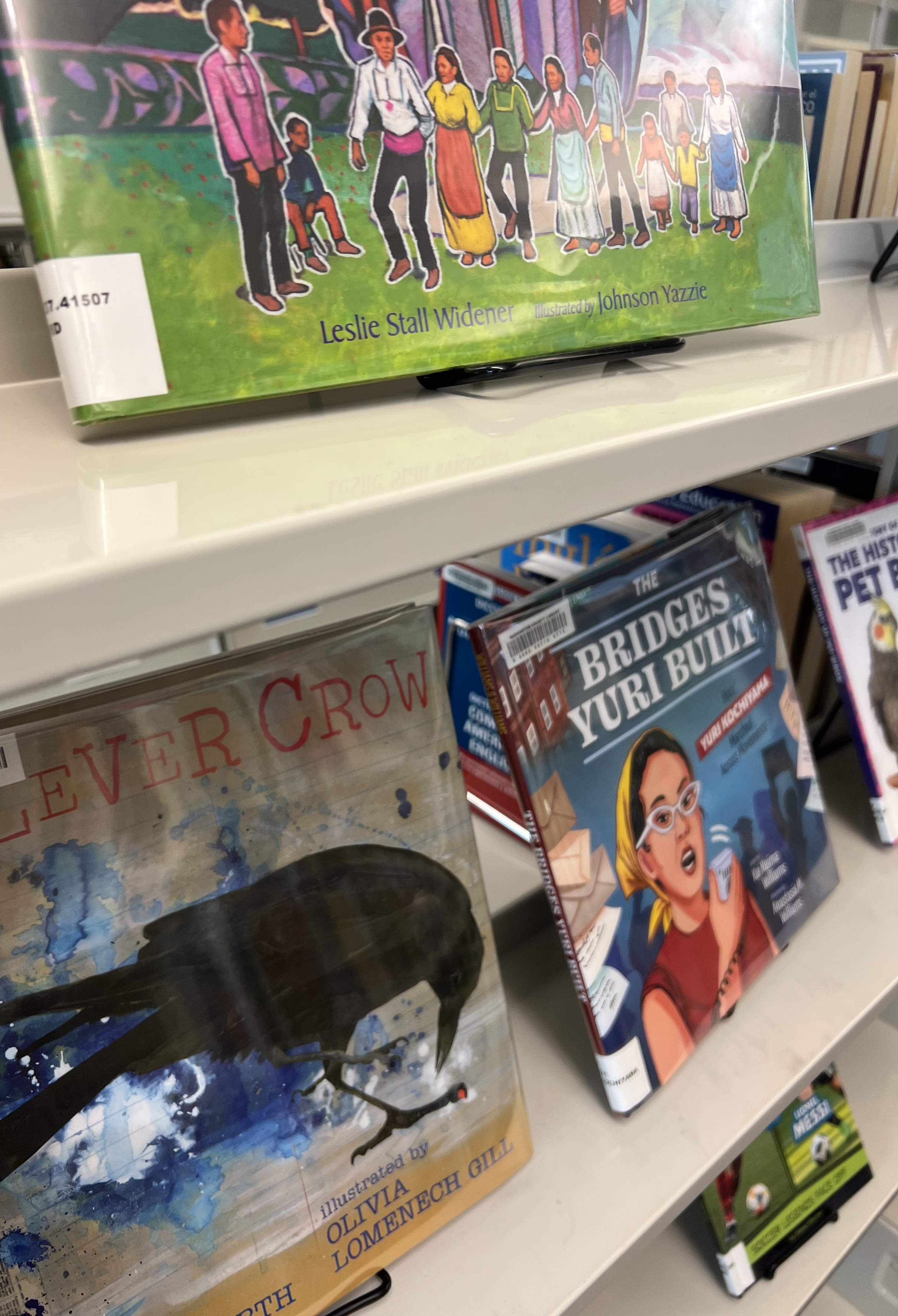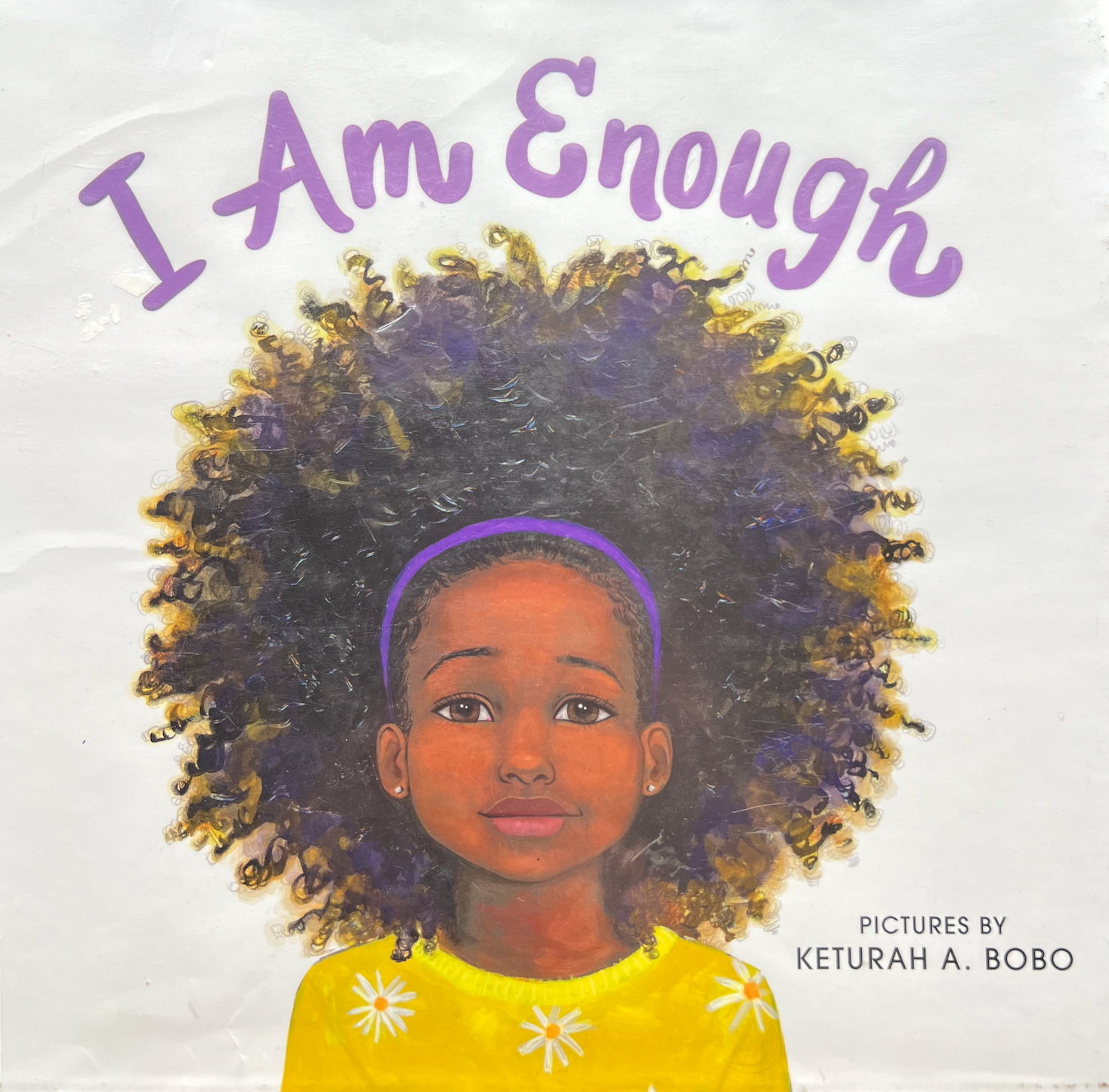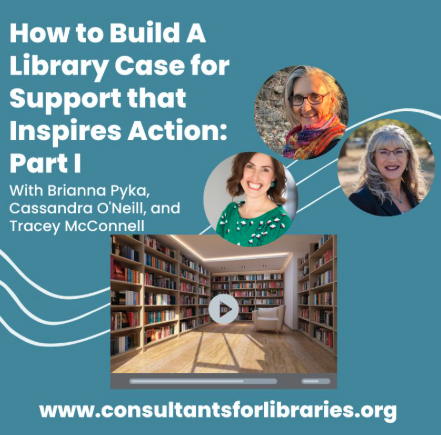10 Unique Elements of a Strong Case Statement for Fundraising for Libraries
Creating a compelling case statement is essential for any library embarking on a fundraising campaign or annual fundraising campaign. It serves as the backbone of your project, laying out the vision, the need, and the impact. Whether you're planning a new building, upgrading services, or expanding programming, your case statement can be the driving force behind securing the support you need. So, let’s dive into why every library needs one, how to craft it, and how to use it to engage your community effectively.
Why Does Your Library Need a Case Statement?
Your case statement is more than just a document—it's your story. It explains why your library’s project matters, the benefits it will bring to the community, and how people can help make it a reality. Without it, your fundraising efforts may feel disconnected or disorganized. A strong case statement keeps your messaging clear and focused while inspiring action from donors, volunteers, and partners.
Example: Let’s say your library is planning an expansion to accommodate growing community programs. Your case statement should include data on how crowded your events have become, stats from your annual report showing program participation, and a space needs analysis to prove the urgency of the project. Make it real by showing the difference this expansion could make for families, students, and community members.
How to Use Your Case Statement
Once written, your case statement should be everywhere. Use it in grant proposals, donor meetings, on your website, and in marketing materials. Make sure all staff and volunteers know its key points so they can share your library’s vision at every opportunity. It's both an internal and external document.
1. Build in Your Community
Your case statement is also a powerful tool for community engagement. Involve your volunteer committees, acknowledge partnerships, and showcase the support your library already has. One of our projects boasted over 100 community partnerships, which impressed potential donors and established credibility in the broader library industry. Highlighting these connections can encourage others to get involved.
2. Acknowledge Awards and Celebrations
Acknowledging your library’s awards and recognitions in your case statement is a powerful way to establish credibility and demonstrate excellence. Whether it's a prestigious Library of the Year award from your state association or recognition for innovation in community engagement, showcasing these honors reinforces that your library is a trusted, high-performing institution. Awards offer third-party validation, showing potential donors and partners that their support is going toward a library that has already proven its value and impact. Including these achievements helps reassure stakeholders that their contributions are supporting an institution with a track record of success, making your case even more compelling.
3. Use Credible Quotations
Including an inspirational quote can ground your reader in the purpose of your project. Does your community have a local author or well-known figure who could share their thoughts on the importance of libraries? A powerful quote can add depth and meaning to your cause.
For instance, you might include something like, “Libraries are the heart of a community, a place where dreams grow.” This reminds readers of the broader impact libraries have, connecting your project to the larger purpose of education, connection, and growth.
4. Create an Inspiring Theme
In the same way that libraries organize knowledge, your case statement can organize your project into clear and inspiring chapters. Align your themes with something relatable to libraries—such as “Building New Chapters” or “Expanding Our Shelves of Opportunity.” Each section should be labeled with compelling, easy-to-understand titles that draw your audience in.
5. Include Data-Driven and Visual Proof
It’s important to pair your vision with data. What is the current state of your library, and why is the need urgent? Whether it’s through overcrowded event photos, space constraints, or budget numbers, data will solidify your argument. If your library has won any awards or recognitions (like a “Library of the Year” accolade), be sure to mention them. These not only showcase credibility but also validate the value of your project.
Visuals can be just as important as data. Renderings of new spaces, infographics on library impact, and photos of crowded events bring your case statement to life. If your project involves a major renovation or expansion, show potential donors what the future will look like with tangible imagery. If you don’t yet have these visuals, consider slowing down your project’s timeline until you can create them—they’ll make a big impact.
6. Include How Libraries Support the Economic Development
Don’t forget to highlight how your library contributes to the local economy. There are calculators available to show the return on investment (ROI) for libraries, often ranging from 4 to 5 times the amount invested. Can you show how your library provides job resources, community education, or support for small businesses? These tangible benefits can help potential donors see the value of their contributions.
7. Use Testimonials and Stories
Real-life stories make your case statement relatable and emotionally impactful. Include testimonials from community members—whether it’s the single parent who relies on your after-school programs, or a local business owner who found success through your job resources. If you can, gather quotes from influential or affluent individuals to further establish credibility.
Kids, especially, inspire action. Share a story about a child who discovered their love of reading through your library’s programs, or a teen who learned coding skills that helped them land their first job. These stories not only inspire donors but also remind them of the real-world impact of libraries.
8. Incorporate Budget Specifics Clearly
Don’t be afraid to get specific with your project budget. If your project involves a building upgrade or expansion, explain the cost differences between your current and future operations. Will there be cost savings in energy or maintenance? If the project is complex, consider using a table or chart to break down the figures in a way that’s easy to understand.
9. End with a Call to Action
Finally, make your ask clear. Explain the timeline of the project, the goals you hope to achieve, and the ways people can contribute. Whether through a pledged gift, an outright donation, or a gift of stocks, provide options for every type of donor.
10. Include Contact Information
It may seem intuitive, but providing clear contact information in your case statement is crucial. Identifying a single point of contact—someone who can answer questions, interact with donors, and serve as the go-to person for all inquiries—ensures continuity in your fundraising efforts. This not only provides potential donors with a reliable resource but also allows your team to build relationships, learn from each interaction, and refine your approach over time. By designating one person to handle these communications, you can create a consistent experience for your donors while gaining valuable insights to help improve future fundraising strategies.
Ask for Feedback
Don’t forget to ask for feedback! The best way to engage people in your case statement is to ask for their thoughts. Make sure to thank everyone who gives their time or resources, whether they contribute financially or through their ideas and feedback. Showing gratitude fosters long-term relationships that can lead to ongoing support.
How Often Should You Update Your Case Statement?
Once you've crafted a compelling case statement, the work doesn't stop there—it’s essential to keep it fresh and relevant. Your case statement should be reviewed at least once a year to ensure that it continues to reflect your library’s current goals, needs, and successes. Whether you’ve completed a phase of your project, introduced new services, or formed new community partnerships, keeping your case statement up-to-date is crucial.
A great way to manage updates without redoing the entire document is to create inserts for specific sections. This allows you to update important data, new stories, or fresh visuals without the need for a complete reprint. Inserts are a smart, cost-effective way to keep your case statement current without losing the core message.
Don’t be afraid to let your case statement be long. In fact, it’s one of the most common pieces of feedback we receive—case statements tend to be detailed. But here’s the good news: when the document is comprehensive, it usually answers most questions right away. The result? Minimal follow-up questions from potential donors, which is a huge win! A thorough case statement that preemptively addresses concerns and offers clarity can lead to a more seamless engagement process.
Ultimately, a well-maintained, detailed case statement saves you time and effort while offering your audience the information they need to take action.
Ready to Get Started?
Your case statement is your chance to tell your library’s story and invite your community to join in. With a clear vision, solid data, community partnerships, and an inspiring theme, you can build a compelling case for support that will drive your library’s success. Now is the time to start crafting your library’s next chapter—one that brings your project to life for everyone involved.
Curious to see how a compelling case statement can bring your library’s vision to life? Reach out to Brianna at brianna@fundraisingforlibraries.com for a sample that showcases the impact of a well-crafted statement.
At Fundraising for Libraries, we’re here to support you every step of the way with your fundraising. Whether you’re looking to kickstart your efforts with a focused 16-week program to raise $50,000 or need a customized strategy tailored to your unique goals—be it major gifts, volunteer engagement, donor relations, or more—we’re ready to help.




